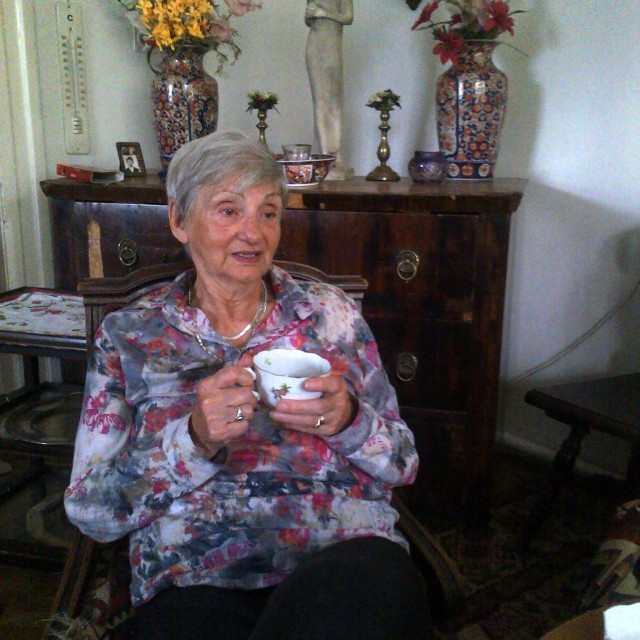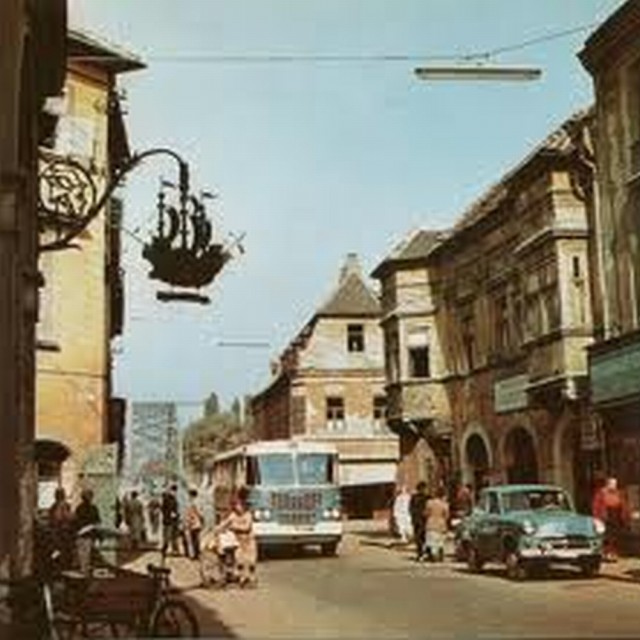People were picked off from the train
„Let’s go away! If we don’t like it, we can return! At the worst we will return!” – kept telling Zsuzsanna Gyenes after the suppression of the 1956 Hungarian revolution. She tried different times to emigrate. His father and his broher-in-law were arrested, neither she nor her husband had good chances because of their social origin in a country controlled by the communist party ideology. Some of her friends and relatives left Hungary in the same period. First she decided herself to leave Hungary together with her cousin toward Győr, just in the direction where she and her grandmother had escaped from the Soviet military forces at the end of WWII. „The friend of my cousin’s husband came to see us in the station in Győr and he informed us that ’political policemen picked people off the train!’ I got my heart in my boots and I got off the train together with somebody, it was some relative of us, I don’t remember, and we returned to Pest.” Some weeks later she made an other attempt, this time she left with her husband and a journalist , a friend of the family. They took a train and again they went to Győr. To avoid police control „we got off in Győr, again, but this time we didn’t get off to return, but to continue on foot to the border. We went straight ahead in the direction of the border. It was far away. We got lost in Hanság, in the marsh, and we had to cross the slush for hours.” They didn’t bring anything with them. They thought they would get a job in a leather factory where her husband’s former director worked. It was the end of December, it got dark very early. By the evening they arrived to a state farm where in the stables a lot of refugee was waiting for the right occasion to leave.
Hodnocení
Hodnotilo 0 lidí
Routes
Not a part of any route.
Comments
No comments yet.


